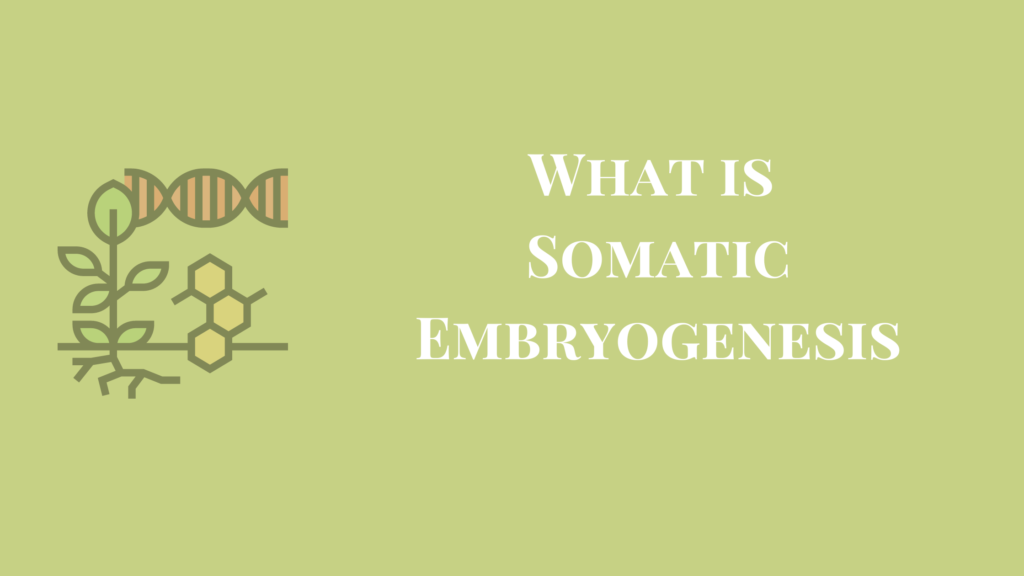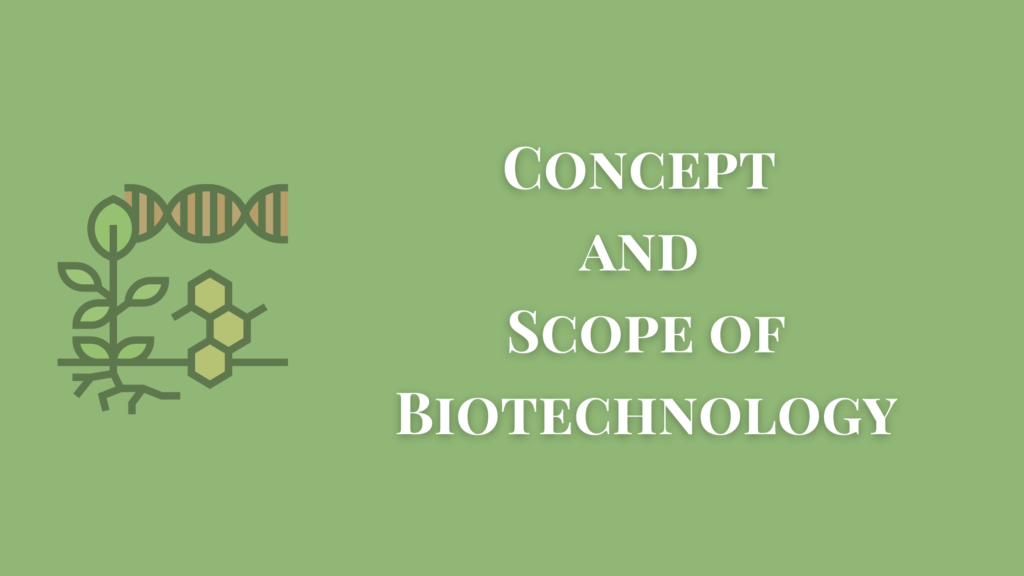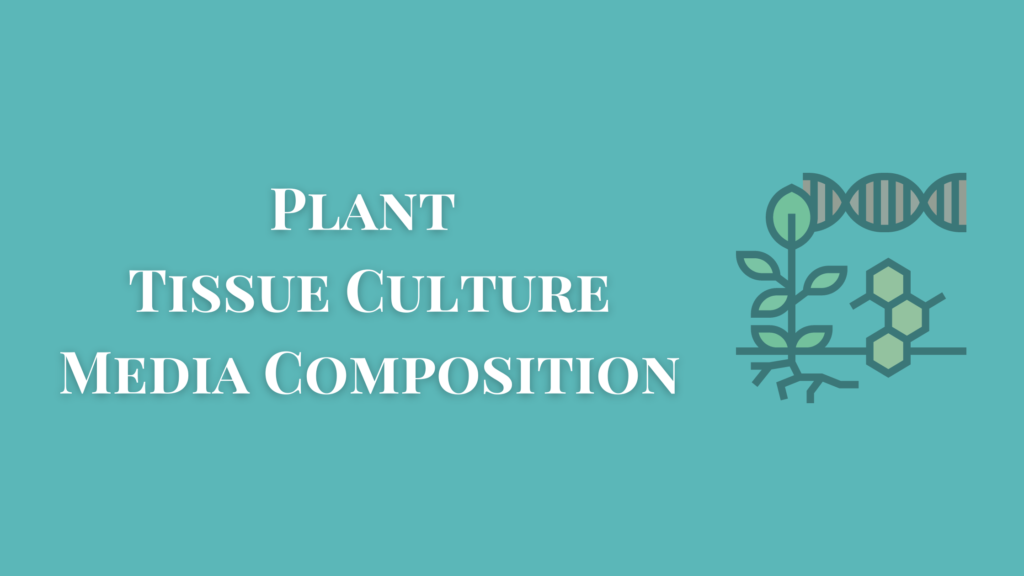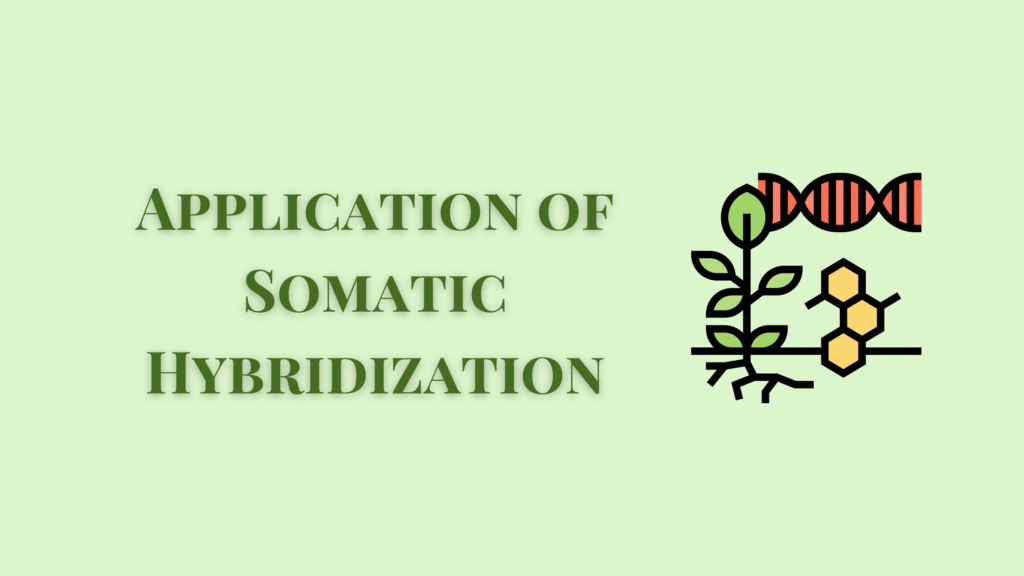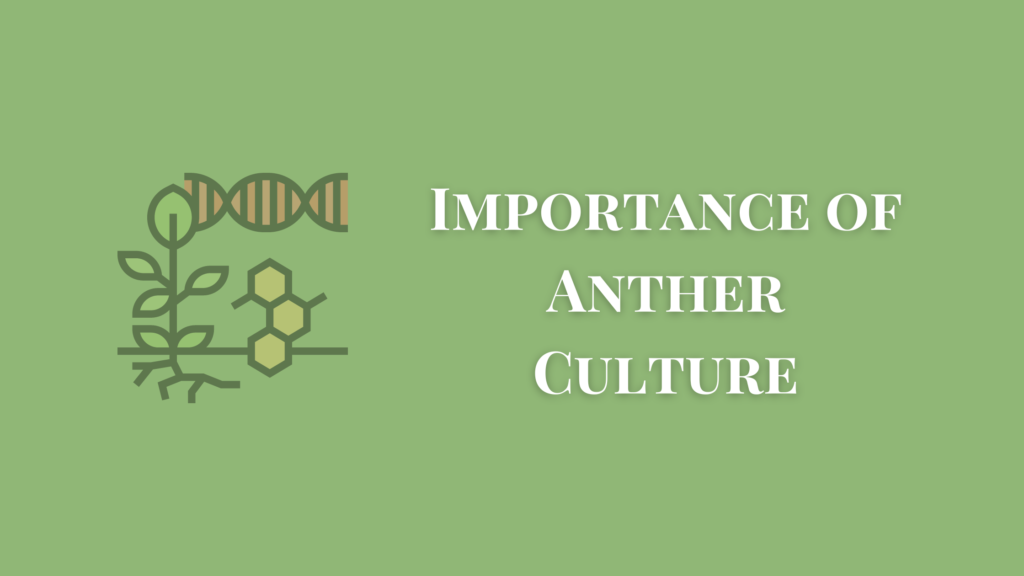Somatic embryogenesis is the process where somatic cells undergo redifferentiation to form an embryo under favorable conditions. It proves that a non-embryogenic cell can become a totipotent embryonic stem cell and develop root and shoot apexes. They are similar to normal zygotic embryos and can germinate to form a new plant.
The first somatic embryo was developed from a carrot. To induce somatic embryogenesis, the culture media needs to have specific ingredients, as per the chosen plant.
The newly formed somatic embryo morphologically develops into a globular structure and then moves on to the heart stage of embryogenesis. From there, the embryo develops cotyledons and later a new plant.
Importance Of Somatic Embryogenesis
- Somatic embryogenesis is useful for the regeneration of both dicots and monocots.
- The somatic embryo is a bipolar structure that develops directly into a complete plantlet.
- They can be encapsulated to form artificial seeds. They develop from single cells and thus are significant for mutagenic studies.
- Plants derived from somatic embryos may be free of viral and other pathogens so they can be used for the production of disease-free plants.
- Since somatic embryos can be developed from single cells, they are perfect for mass production using bioreactors.
- Somatic embryogenesis is favorable for regeneration for the production of secondary metabolites.
- It is also useful to overcome issues such as seed dormancy, embryo abortion, and self-sterility.
Stages of Somatic Embryogenesis
Somatic embryogenesis has two stages- induction and development. Requirements of each stage are different as these stages are morphologically and physio-chemically different.
Induction
There are two types of embryogenesis induction- direct embryogenesis and indirect embryogenesis.
- When the explant produces an embryo directly without callus formation, it is called direct embryogenesis.
- In direct embryogenesis, the explant is called a pro-embryogenic determined cell (PEDC).
- When the explant first forms a callus and this callus eventually forms an embryo, it is called indirect embryogenesis.
- The callus requires some redetermination period to form the embryo and are called induced embryogenic determined cells (IEDCs).
- Embryogenesis may occur from a single cell or a group of cells.
- The earliest cell divisions generate different types of cells and these cells divide to form similar embryos.
- Embryogenic cells are isodiametric and small.
- They have dense cytoplasm and conspicuous nuclei.
- Proembryos are formed when the explant is transferred from a medium of high auxin concentration to that of low auxin concentration.
- Somatic embryos produce secondary embryos when transferred to an induction medium.
Development of Somatic Embryo
There are no special development stages for somatic embryos. Their development is similar to that of normal zygotic embryos. The embryos first form the globular stage. They soon develop the heart-shaped stage followed by the torpedo-shaped stage, and eventually, the cotyledonary stage.
Factors Affecting Somatic Embryogenesis
Almost all factors of plant tissue culture affect embryogenesis.
- The composition of media, specifically nitrogen and sucrose plays a significant role.
- Oxoid nitrogen or nitrate nitrogen in high amounts induces somatic embryogenesis.
- Reduced nitrogen is required for embryo development.
- Increased osmotic concentration with the help of sucrose promotes embryo development.
- 2,4-D auxin is essential for induction but is harmful to embryo development.
- Cytokinins and ethylene suppress embryogenesis.
- Absiciss acid suppresses abnormal embryo development.
- Gibberellic acid and zeatin promote abnormal embryo development.
Advantages of Somatic Embryogenesis
- Somatic embryogenesis can help with the rapid multiplication of plants.
- Somatic embryos grow individually, enabling opportunities for manipulation for scaling-up methods.
- They are used for the encapsulation of artificial seeds.
- Somatic embryos can be used to isolate specific storage proteins.
- Somatic embryogenesis reduces the breeding cycle duration especially that of deciduous trees.
- From a horticultural point of view, somatic embryogenesis increases the germination of hybrids and can avoid delayed germination of seeds.
References
- Unit (V): Topic: Somatic embryogenesis
- Plant Biotechnology, K. G. Ramawat.
